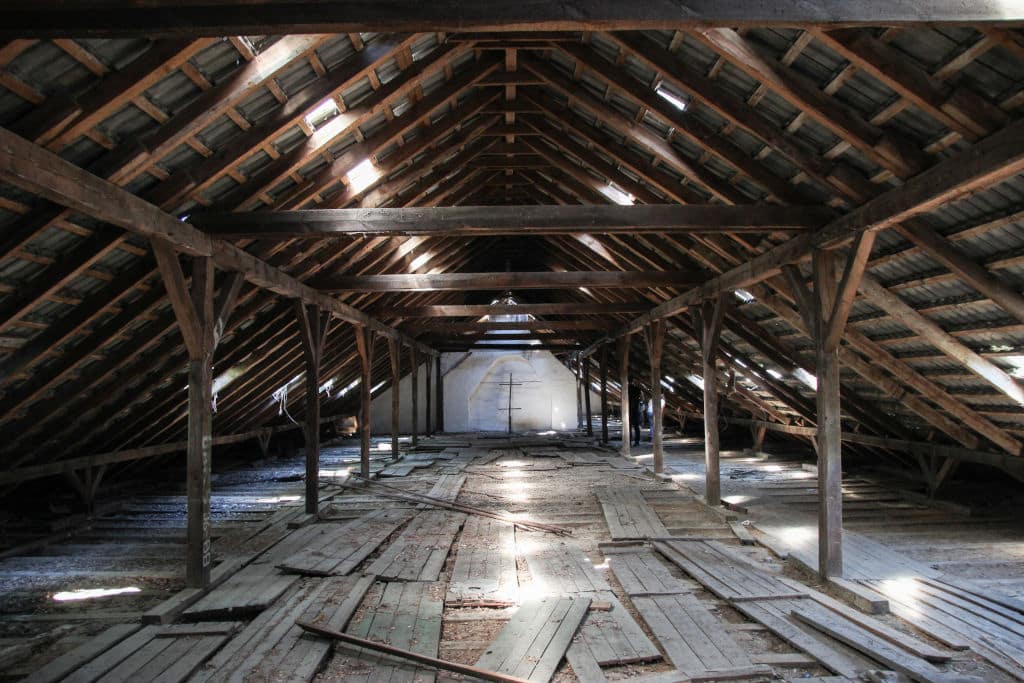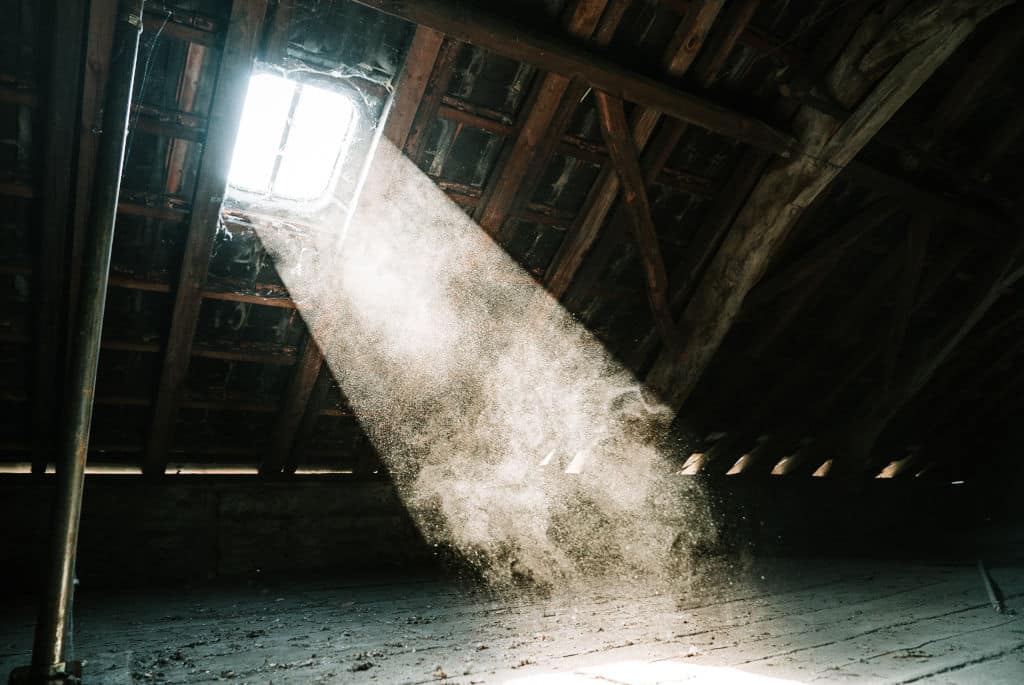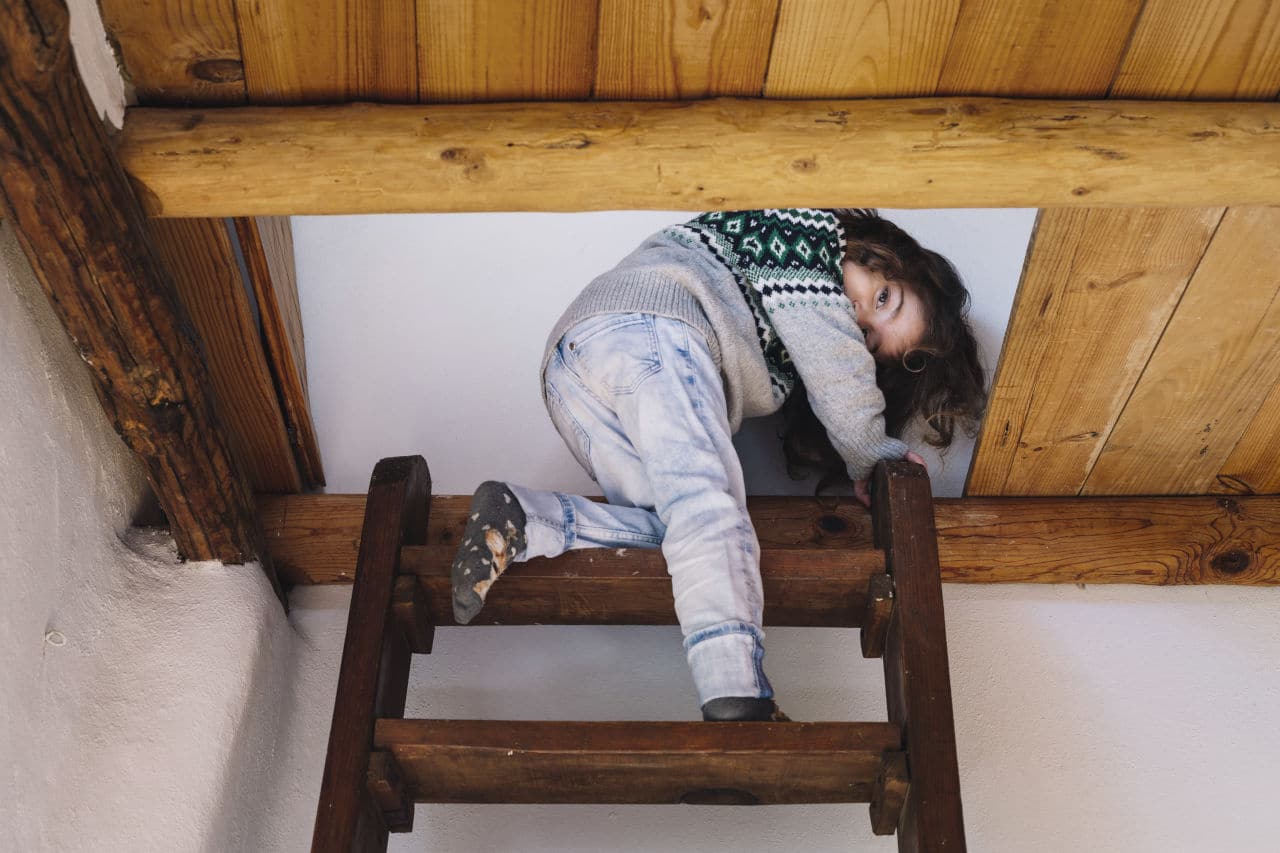An attic is a space directly below a house’s pitched roof. It is mainly used as a storage space for homeowners. A loft is responsible for maintaining the temperature levels inside the house. They also come with ladders or stairs used to access the area. With its poor ventilation and lighting, it can be a disaster zone. Most homeowners must conduct frequent inspections and maintenance to reduce the risks associated with the storage area. However, attic accidents are not exclusive to residents alone.
Inspectors, whose jobs are to inspect attics, also fall prey to the dangers of the attic space. There are even cases of deaths of said inspectors during the process.
Most of these dangers are attributed to the fact that attics are not correctly built. They have a lot of structural defects or are not adequately maintained by homeowners. In such cases, the builders or homeowners are wholly responsible for any personal injuries obtained by employees or tenants.
Unfortunately, these accidents are not only common but highly fatal. The victims usually walk away with issues ranging from physical injuries like brain damage to mental trauma such as anxiety, depression, and PTSD. With these, such victims deserve a fair win in court, and legal animation ensures that!
Common Forms Of Attic Accidents And Their Risks
Accidents that result from the attics come in many forms and with many dangers of their own.
Attic ladders alone cost some a broken leg or arm. In fact, The American Academy of Orthopedic Surgeons records that every year 500,000 people are treated for ladder-related injuries.
There are three common types of attics-related accidents: falls, electrical hazards, and harmful debris. However, the most common one is falls.
Attics are known to be dark and filled with insulation, loose boards, and other unsafe walking surfaces. Because of these, a person can either fall inside the attic or onto the ground floor.
They also have ladders which are a significant cause of falls as well. These falls can lead to fractured bones, crushed internal organs, spinal injuries, brain damage, and death.
Case Reference 1
An example of an attic accident that stems from a fall is the case of Vinet v. Estate of Calix and Allstate Insurance company.
Here, the plaintiff sued the defendant for the injuries she obtained from falling from the steps of the attic of the home she lived. She claims that she was moving her Christmas decorations into the attic and the second step from the top broke.
This damage caused her to fall straight to the floor, injuring her neck and back. Even more disheartening, her existing ventral hernia worsened with increased pain and a dying need for surgery.
She blames the defendant, the owners, who were responsible for the maintenance and repairs of the house. She claimed they knew about the defective stairs, along with the insurance company.

Case Reference 2
Another is the case of Breaux v. Fresh Start Properties. Plaintiff sued to claim that he obtained a knee injury while working as an electrician on a property owned by the defendant. He said his electrical work required access to the attic. Hence, the third step gave way while climbing up the stairs, causing him to fall and injure his right knee badly.
This injury Is a considerable cost to pay for the home’s negligence and is why fall attic accidents are the most fatal.
Another type of accident is electrical hazards.
Electrical exposures pose a significant threat to residents of homes with attics. With their insulation and lousy lighting, attacks are an excellent hideaway for poor wiring.
What’s worse, attics can easily be damp from roof leaks. Once the insulation comes in contact with water, it can affect the live wires and conduct electricity, putting people at risk of electrocution, electric shock, falls, and burns.
Lastly is the harmful debris.
Attics are usually dusty and moldy and contain toxic vermiculite. So many antitoxins weave through the air, which is very bad for a person’s respiratory tract.
It can bring milder challenges like wheezing and runny nose and more intense ones like respiratory infections. Even worse for people with already existing respiratory issues, like asthma patients and people with allergies.
All these accidents can be prevented with proper construction and maintenance of the attic by the people responsible. When negligence comes into the picture, these disasters are inevitable.

How Legal Animation Can Illustrate An Attic Accident
Since the attic is at the top part of the house, filled with wires, injuries obtained from it are likely to be fatal. Whether falling from the height of stairs or an electrical hazard, chances are high that a victim of an attic accident is bound to end up in the emergency room. Even those who are paid to inspect it are not excluded.
Therefore, accident victims deserve the best hands and strategy in a court case. That’s where legal animation comes in. The main thing legal animation does is bring to light the scene of the accident. When things are explained with words, they seem far off.
However, when you can watch exactly how an accident occurred and what caused it, you understand the situation much more. This visual aid is what legal animation does.
In a situation like this, the attorney can provide trial animation to highlight the defects in the attic. The animation can display risky areas of the attic and what occurs when a person gets in the mix.
For instance, an animation of a faulty step can be shown. Then, the animation would highlight how a person was applying pressure on that particular step while climbing, causing it to give way. The attorney can do this for loose floorboards, exposed nails and wires, and any other risk-prone area.
More Use Cases For Legal Animation
Also, an expert witness can use a demonstrative aid to explain how constant inspection, maintenance, and repair can prevent future drastic accidents. The court can watch while the expert witness checks the nuts and bolts of the ladders and the sturdiness of the stairs.
He would go into the attic and check it for any leaks that could cause electrical sparks and lead to fires later on. Afterward, carpenters would make adequate repairs. This process would show the jury that negligence is the only cause of such an accident.
Another expert witness could also explain with trial exhibits the defective design of the attic. They could show it’s an accident waiting to happen. The exhibits would show how attics are meant to be built compared to how they made the defective attic. This way, the jury would understand that the fault lies in the construction company.
At Fox-AE, our animators can create an illustration of an attic accident reconstruction. Every possible scenario and opinion by expert witnesses ad attorneys will be clearly illustrated. We leave out no detail required to help strengthen your argument as an attorney.





